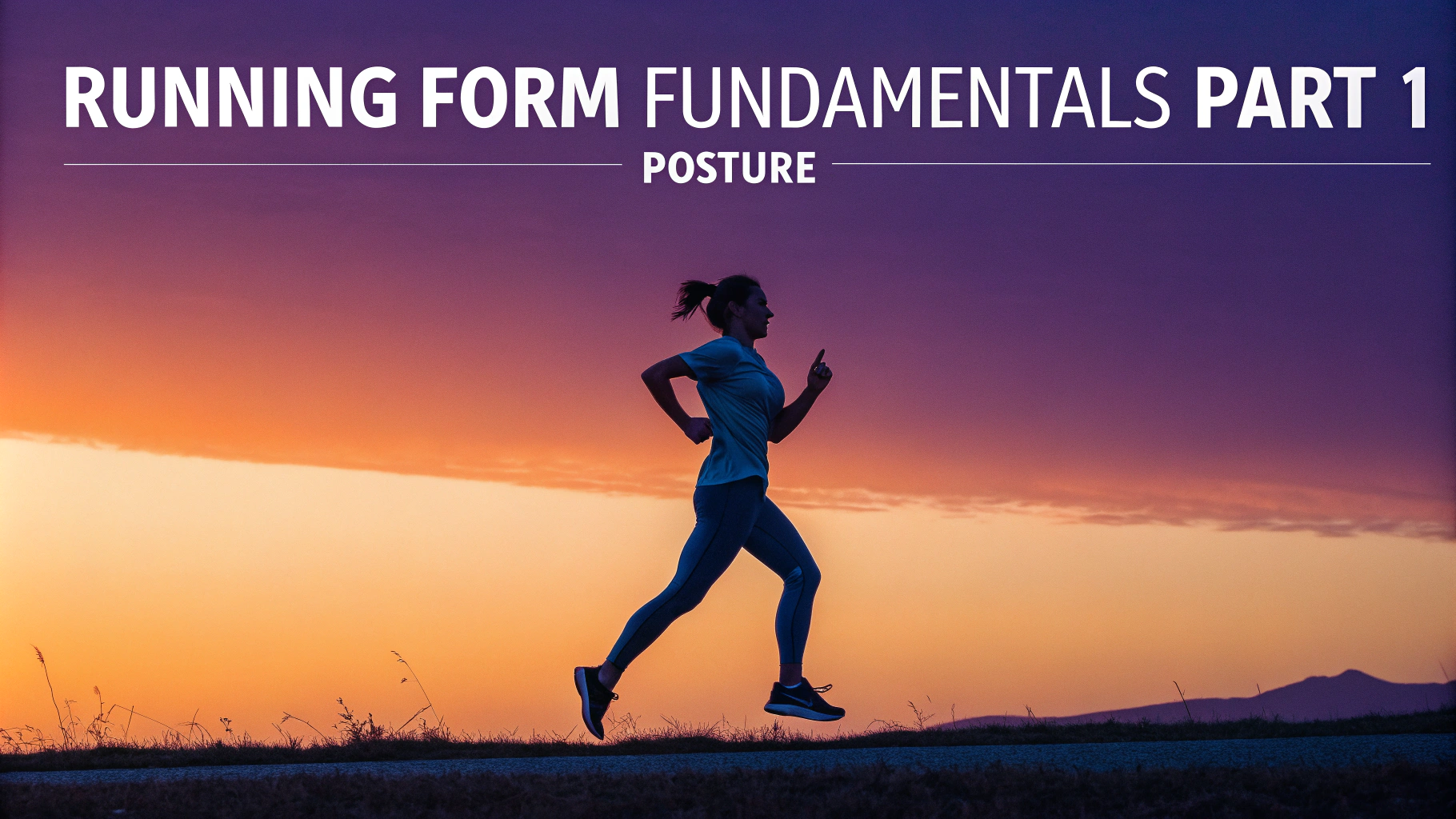Training for running requires a structured approach that builds endurance and strength while preventing injury.
Getting Started with Running Training
Before starting any running program, invest in proper running shoes fitted at a specialized running store.
- Start with a 5-minute walking warm-up
- Begin with run/walk intervals (1 minute run, 2 minutes walk)
- Gradually increase running time as fitness improves
- Cool down with 5 minutes of walking
Basic Training Schedule for Beginners
| Day | Activity |
|---|---|
| Monday | 20-minute easy run/walk |
| Tuesday | Rest or cross-training |
| Wednesday | 25-minute run/walk |
| Thursday | Rest |
| Friday | 20-minute easy run/walk |
| Weekend | One longer run, one rest day |
Essential Running Form Tips
- Head Position: Look ahead, not down
- Shoulders: Relaxed, not hunched
- Arms: Bent at 90 degrees, swing naturally
- Landing: Mid-foot strike, directly under your body
Common Beginner Mistakes to Avoid
- Running too fast too soon
- Skipping rest days
- Not staying hydrated
- Wearing incorrect footwear
Recovery and Injury Prevention
Listen to your body and take extra rest days when needed.
- Stretch after runs, not before
- Use a foam roller for muscle recovery
- Stay hydrated throughout the day
- Get adequate sleep (7-9 hours)
When to Seek Help
Contact a healthcare provider if you experience persistent pain or discomfort lasting more than three days.
Recommended Running Apps
- Strava – for tracking runs and joining communities
- Couch to 5K – for structured beginner programs
- Nike Run Club – for guided runs and training plans
Track your progress using a running log or smartphone app to stay motivated and monitor improvements.
Next Steps
Once you can run continuously for 30 minutes, consider training for a 5K race.
Find local running groups through websites like Meetup.com or your local running store.
Advanced Training Elements
Speed Work
- Incorporate intervals after 3 months of consistent running
- Start with fartlek training (speed play)
- Progress to structured intervals on track
- Include one speed session per week maximum
Distance Building
- Follow the 10% rule for weekly mileage increase
- Add one mile to your long run every other week
- Include recovery weeks every 4th week
- Monitor fatigue levels
Nutrition for Runners
Proper nutrition supports training and recovery efforts.
- Eat complex carbohydrates before runs
- Consume protein within 30 minutes post-run
- Stay hydrated throughout the day
- Consider energy gels for runs over 90 minutes
Seasonal Training Adjustments
- Summer: Run early morning or evening, hydrate more
- Winter: Layer properly, watch for ice
- Spring/Fall: Ideal training conditions, focus on goal races
Conclusion
Success in running comes through consistent training, proper recovery, and gradual progression. Listen to your body, follow a structured plan, and celebrate small victories along the way. Remember that every runner started as a beginner, and improvement comes with patience and dedication.
Set realistic goals, join a supportive community, and maintain a training log to track your running journey. With proper form, adequate rest, and appropriate nutrition, you’ll build a strong foundation for a lifetime of running.
FAQs
- How long should a beginner’s first run be?
Start with a mix of walking and running for 20-30 minutes total, with 1-2 minutes of running followed by 1-2 minutes of walking. Gradually increase running intervals as fitness improves. - How many times per week should a beginner run?
Begin with 3 runs per week on non-consecutive days to allow proper recovery and reduce injury risk. This schedule provides adequate rest between sessions. - What’s the proper running form for beginners?
Keep your head level, shoulders relaxed, arms at 90 degrees, hands loose, and land midfoot. Maintain a slight forward lean and take short, light steps. - Do I need special running shoes as a beginner?
Yes, proper running shoes are essential to prevent injury and provide support. Visit a specialty running store for a professional fitting based on your foot type and gait. - How can I prevent side stitches while running?
Breathe deeply from your belly, warm up properly, avoid eating large meals 2-3 hours before running, and stay well hydrated. Gradually build up intensity to reduce occurrence. - What’s the best running surface for beginners?
Start on flat, softer surfaces like tracks or smooth trails. These surfaces are easier on joints than concrete and help prevent early injuries while building strength. - Should I stretch before or after running?
Perform dynamic stretches before running (leg swings, walking lunges) and static stretches after. Never stretch cold muscles before a run. - How do I know if I’m running at the right pace?
Use the talk test – you should be able to hold a conversation while running. If you can’t speak comfortably, slow down. Most beginner runs should be at a conversational pace. - When should I replace my running shoes?
Replace running shoes every 400-500 miles or when you notice significant wear on the soles. Most runners need new shoes every 4-6 months with regular use. - What should I eat before a morning run?
For runs under 60 minutes, a small banana or piece of toast with light spread is sufficient. Eat 30-60 minutes before running. For longer runs, include more complex carbohydrates.










